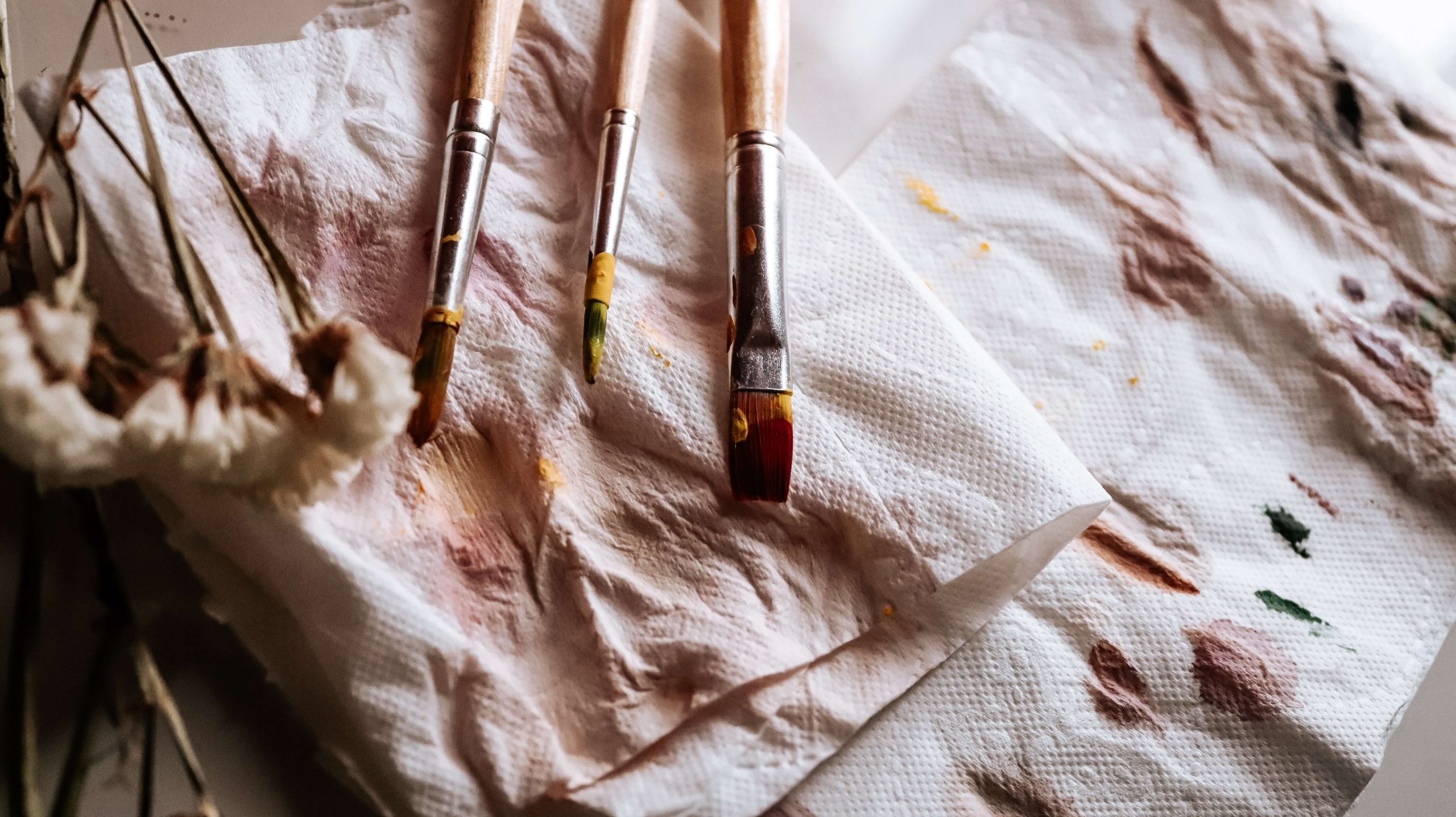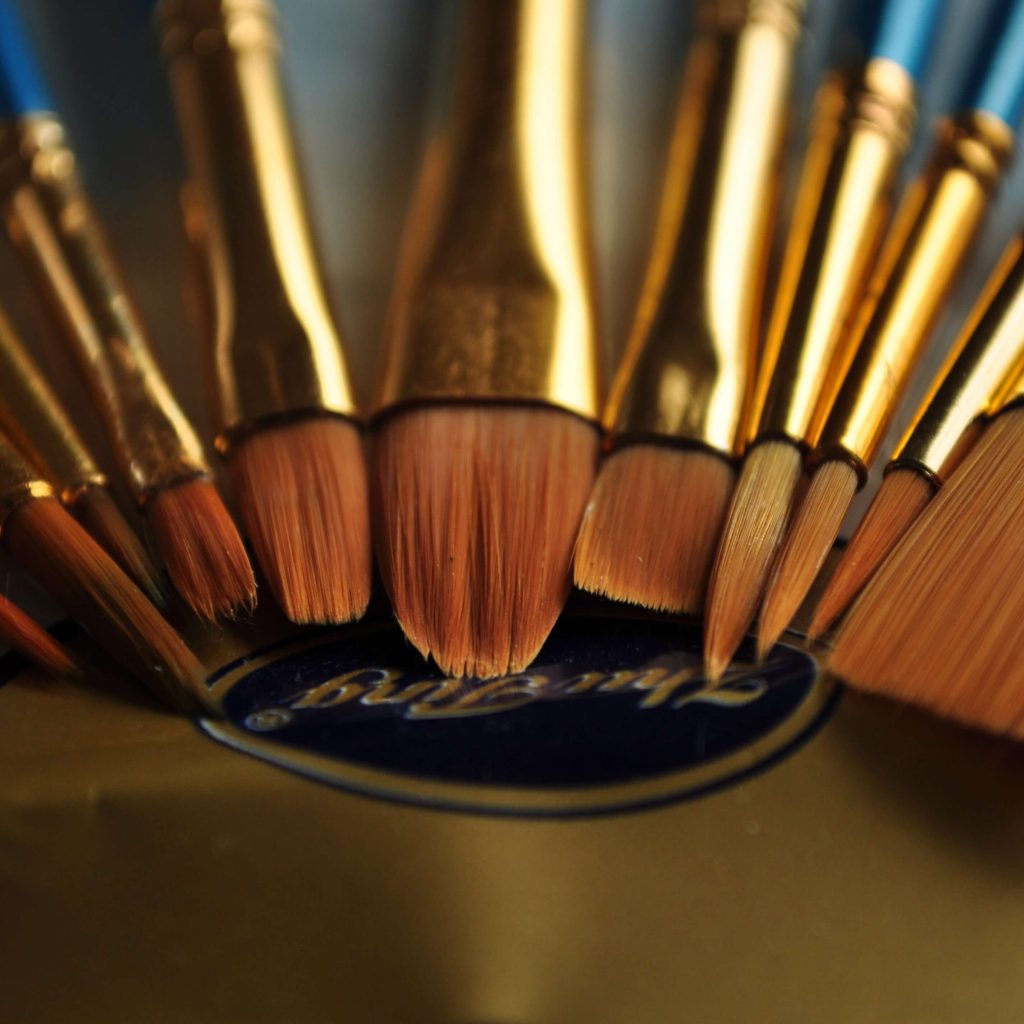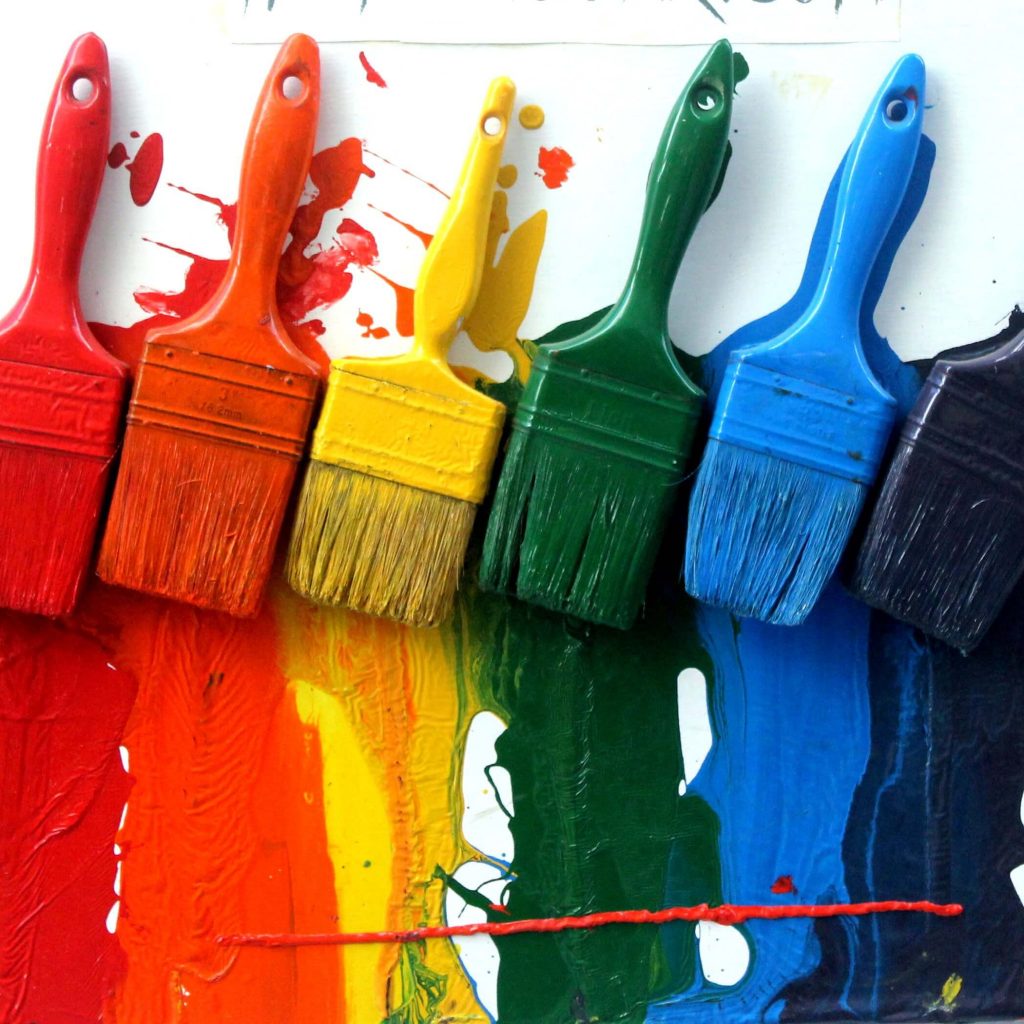
Choosing the right brush is only a seemingly easy task. What should I consider when buying and why are there so many types of paintbrushes?
If you’ve ever used a paintbrush in your life, whether for walls, make-up, spreading egg yolk on a cake, or painting, you’ll know that no two brushes are the same. Some brushes are too dense, others are split in all directions. Some fit perfectly in your hand, while others leave splinters in your fingers. Some lose bristles as you work, leave streaks, or absorb large amounts of product. Is it even possible to buy the perfect brush?
A brush is no complicated construction: a handle, a cap, and bristles. That’s it, and that’s it. So how is it possible that even such a simple construction can be broken? Well, you can break any of these three elements. So, one by one:
The most common brush handles are made of wood or plastic. The best and preferred by professionals are handles made of high quality wood. The wood should be painted or varnished. This will protect the handle from water and make it easy to clean. A cheaper alternative is plastic handles – easy to maintain and slightly lighter. Regardless of the material of the brush handle, balance is very important. Many hours of work with a paintbrush can be uncomfortable if not properly balanced. This aspect is especially important with large brushes.
This word, taken from school dictation, describes the connection between the bristle and the brush handle. The best caps are made of nickel-plated brass or gold. Ordinary sheet metal will rust after coming in contact with water. The ferrule should hold firmly to the handle on one side and securely grip the brush bristles in one clump on the other. When buying, you should pay attention to whether the cap is overbent, cracked, or too loose.

The most important parameter of a brush. It is a very broad topic. However, without well-chosen bristle in a brush you can’t move. The main types of bristles are:

Another river topic. Choosing a brush shape depends on what you want to paint and in what size. The basic options are